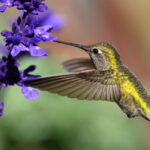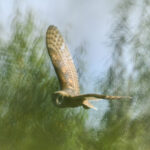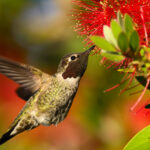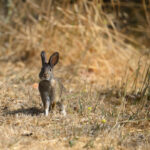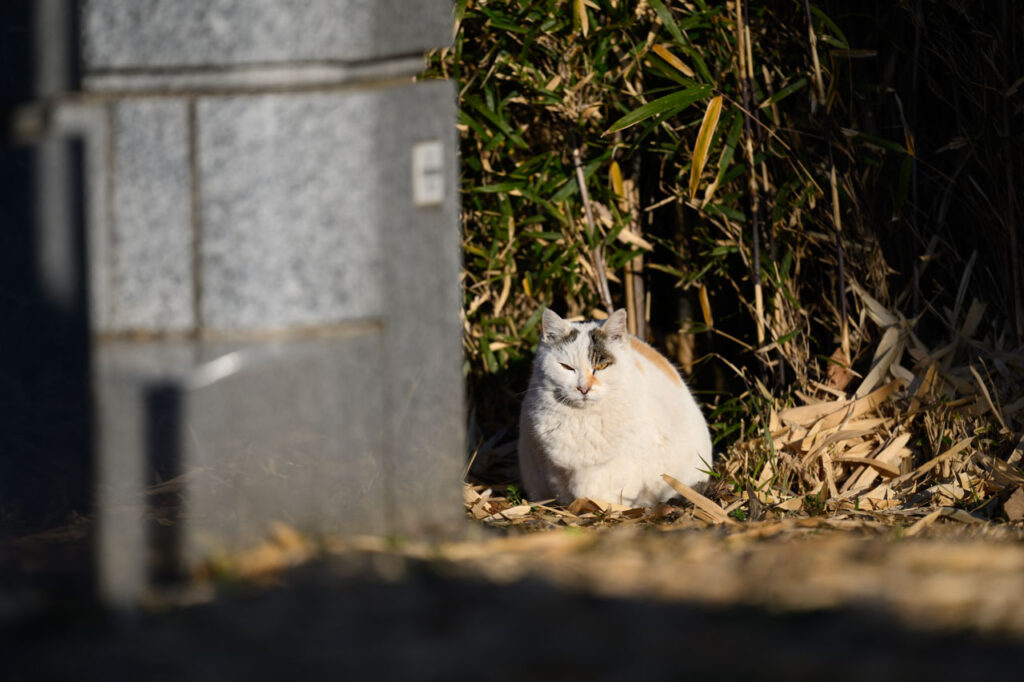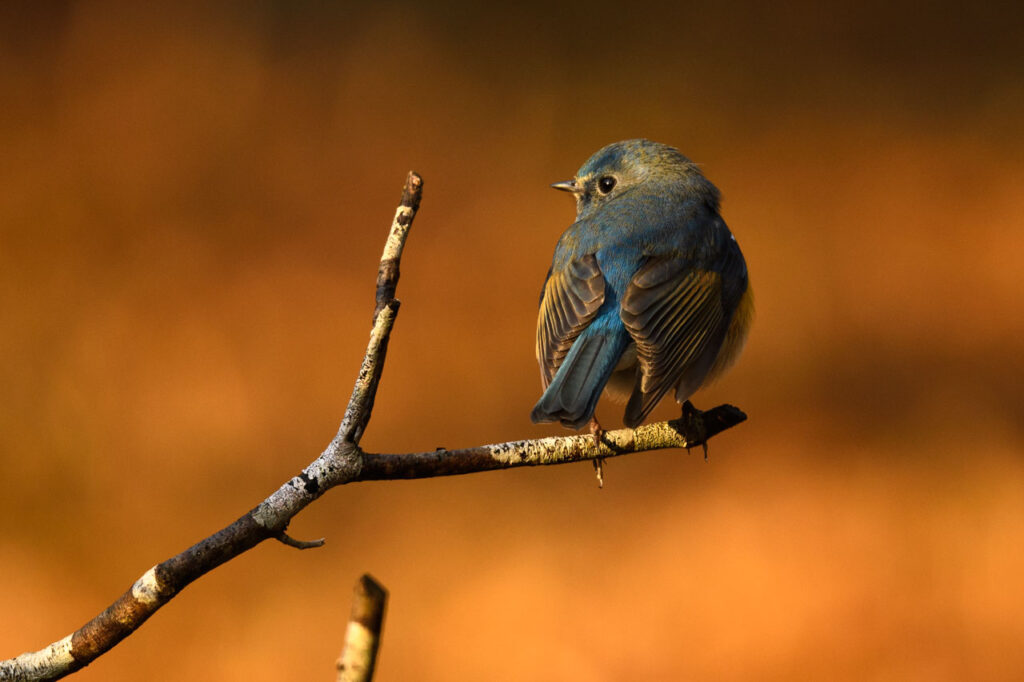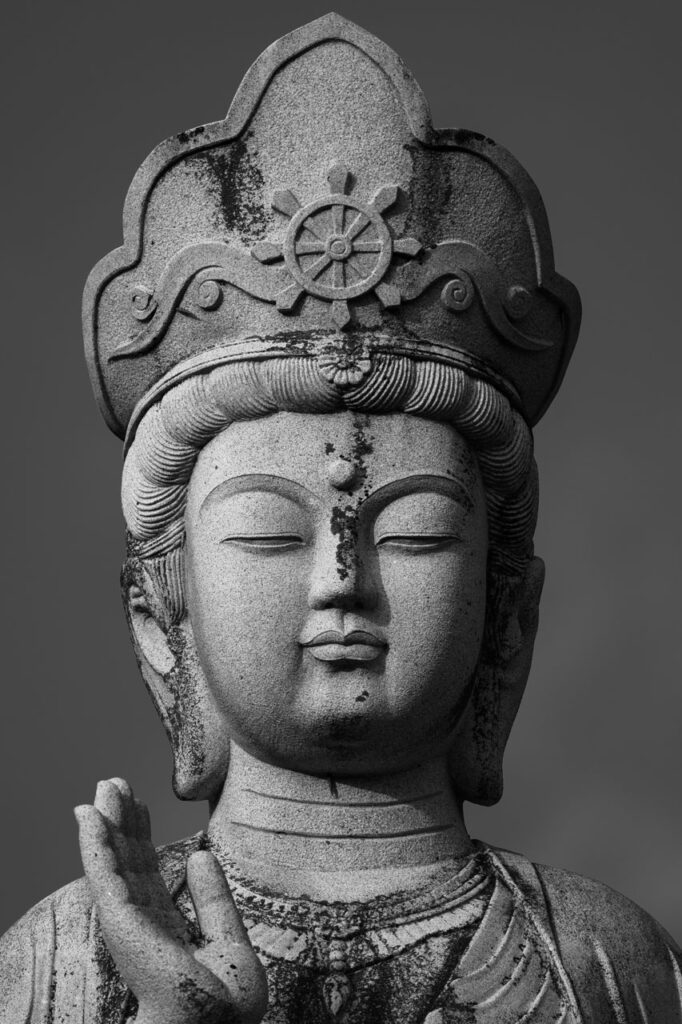
ヤマガラやカラスの話 / Varied Tit, Crows, etc.
Since I did not have time to go very far, I decided to explore a nearby forest park. Although all the birds were familiar to me, many of them were familiar to humans, so it was fun to photograph them.
A standing Varied Tit that seems to have nothing to do with gravity.
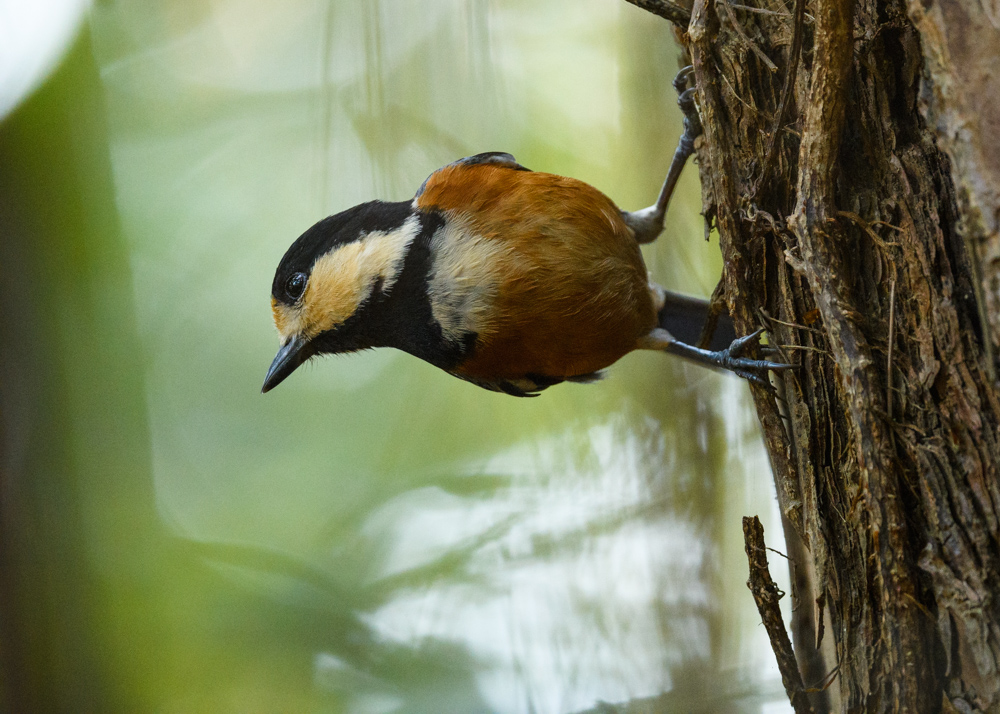
A Japanese Pygmy Woodpecker was also quite close.
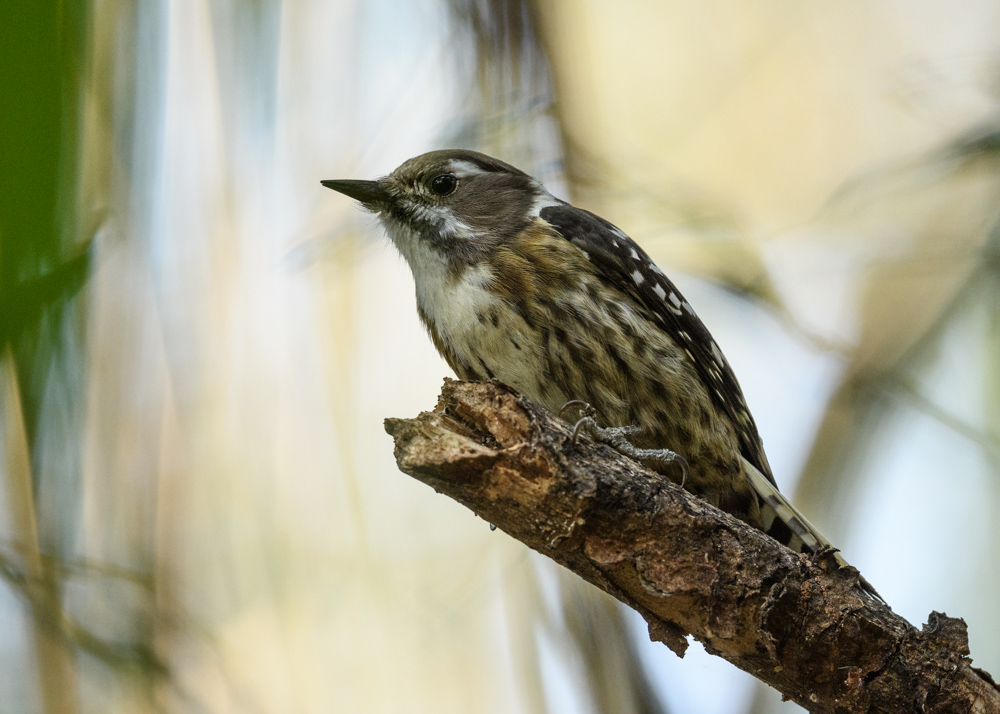
A Black-faced Bunting eating grass seed. If they are eating this kind of food, there seems to be no shortage of food for the winter.
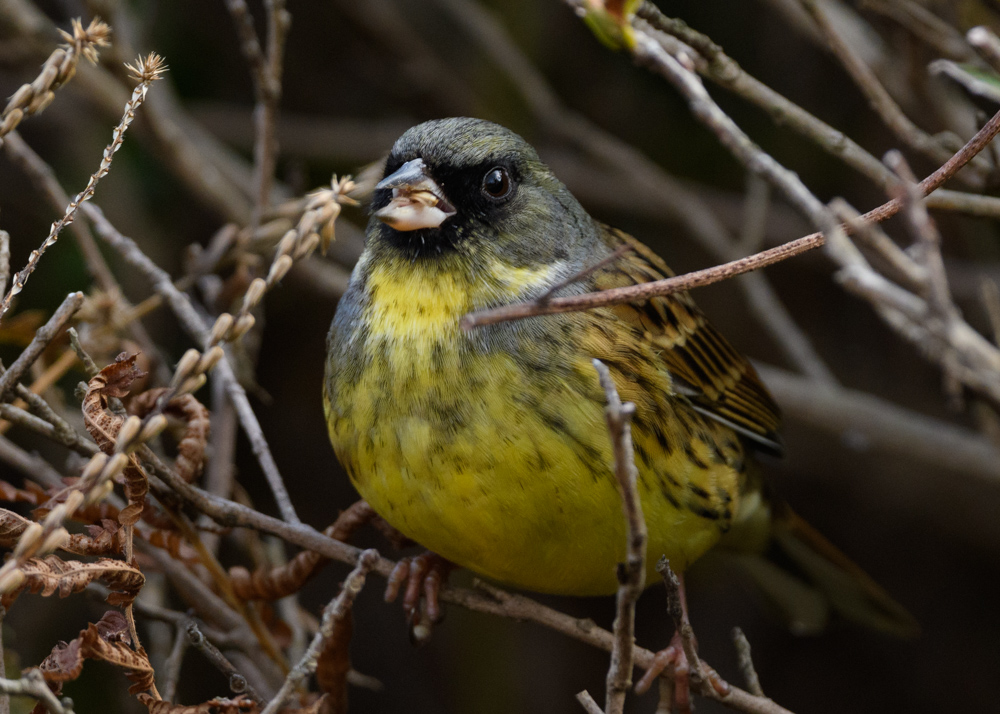
Here is another Japanese White-eye with a berry in its mouth.
It is interesting to note that the woodpecker, which can run around tree trunks, and the Varied Tit, which can stand sideways like a ninja, seem to have sharper claws on their fingertips than the Black-faced Bunting and the Japanese White-eye.
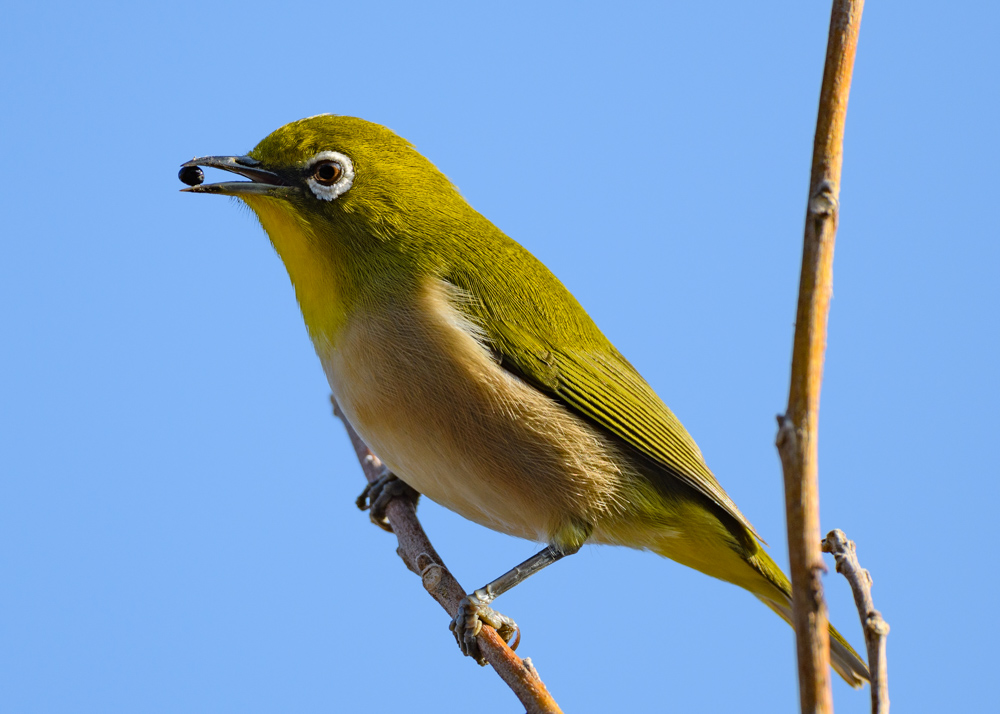
I really wanted to look for a Red-flanked Bluetail, but this was the only one that didn’t come close… I found a female in the distance.
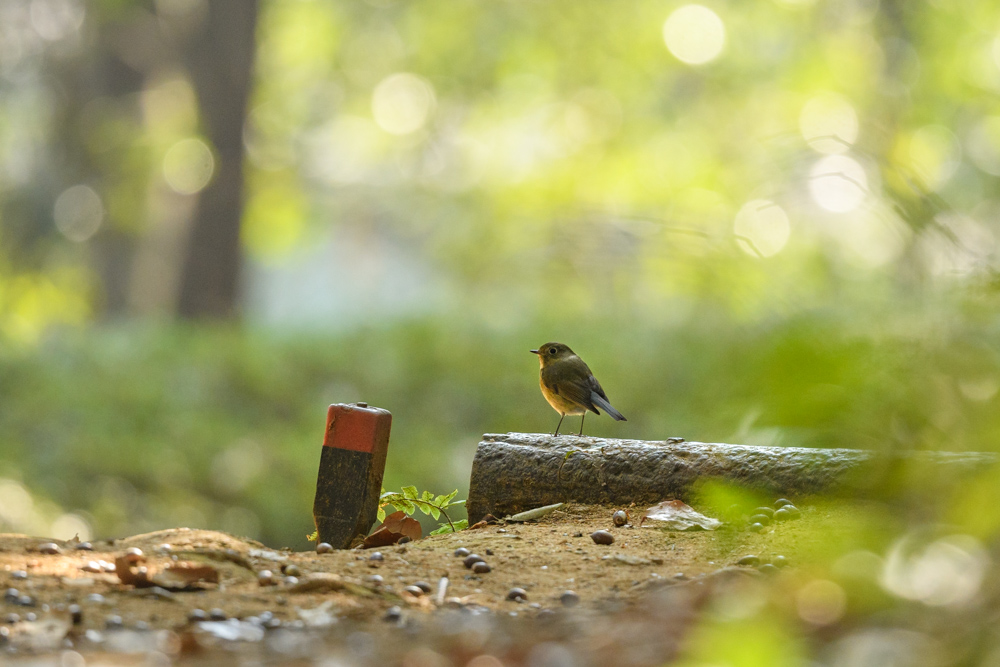
Recently, I read the book “Textbook of Crows” written by Dr. Matsubara, an animal behaviorist.
The book is full of information on the ecology, behavior, and identification methods of various crows seen in Japan, as well as episodes of the author’s research, and my interest in crows was suddenly aroused. The book is quite voluminous (quite a lot if you include the sequel, “Crow’s Remedial Class”), but it is written in a light-hearted manner, and once you start reading, you can’t stop. I also like the nice illustrations.
I have always made it my motto to face birds without distinction when photographing them, no matter how familiar they may be or how plain they may look. So I have taken pictures of crows as well, but once I learned a little about them, I became somewhat curious about their behavior.
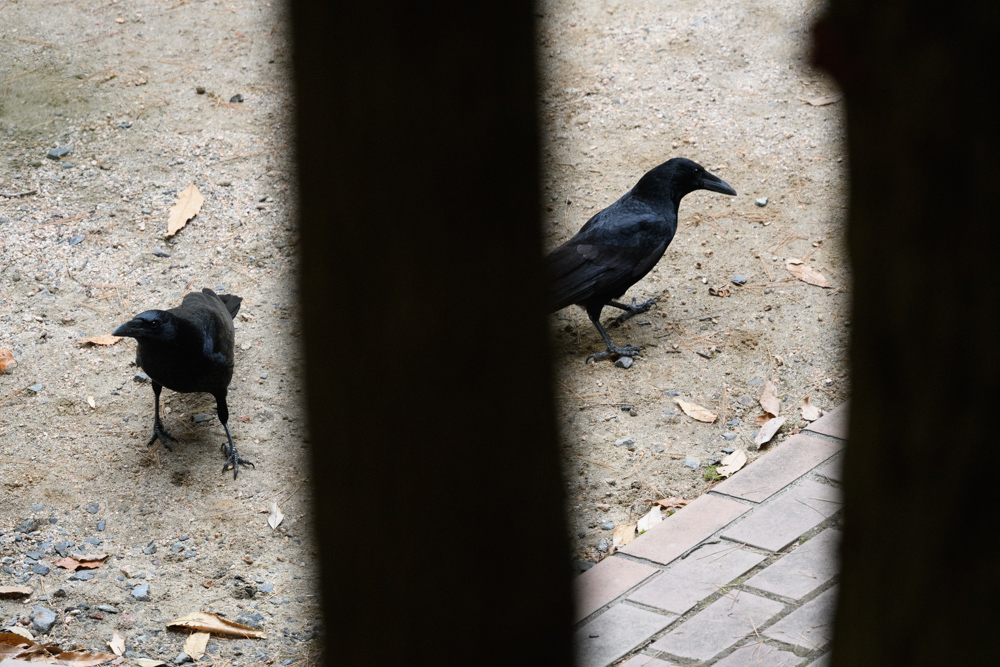
It’s usually the Carrion Crows that are foraging, waddling along the ground.
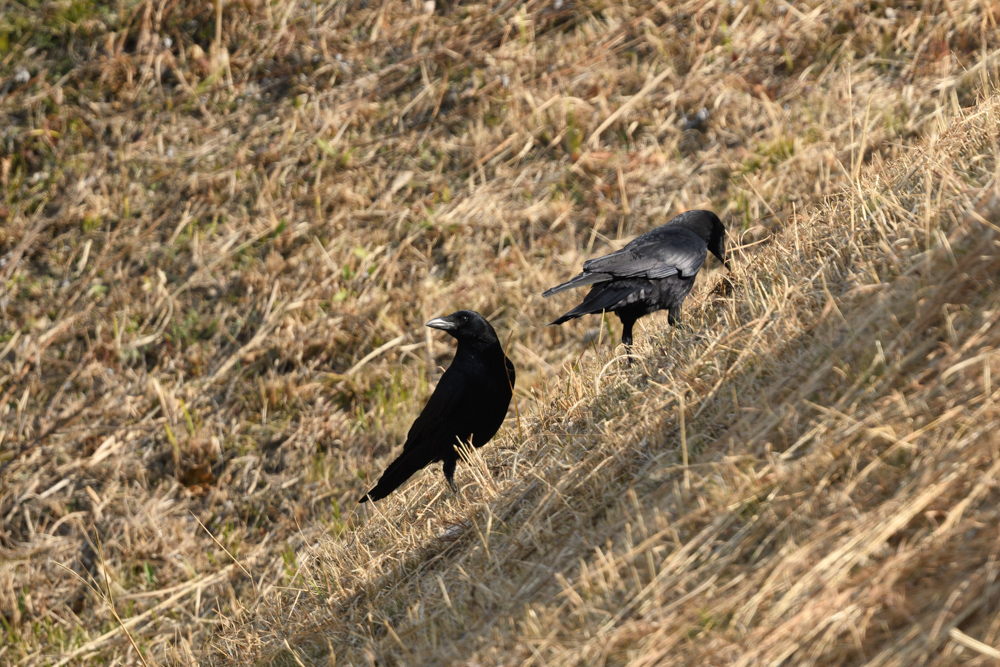
Large-billed Crow often perches on trees and structures.
In fact, the ranges of the two often overlap, so you may see Carrion Crows flying through the forest and Large-billed Crows in the rice paddies. Still, it is useful to get a good guess.
Unlike the Carrion Crow, the Large-billed Crow is distributed mainly in East Asia, and is said to thrive uniquely in Japan. This topic was discussed in the above “Textbook of Crows” in relation to Raven (or maybe in a remedial class?). If you are interested, please refer to the above for more information.
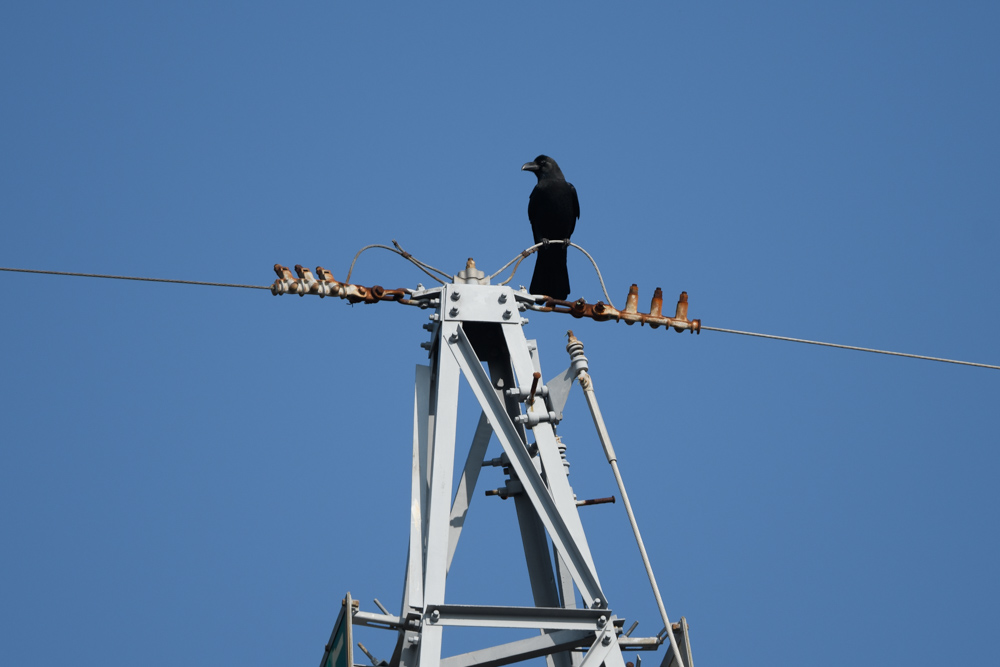
I was talking about how fun it is when the resolution of how you look at them increases.
By the way, I think crows are too difficult a subject for photography (in terms of social networking and blogging).
